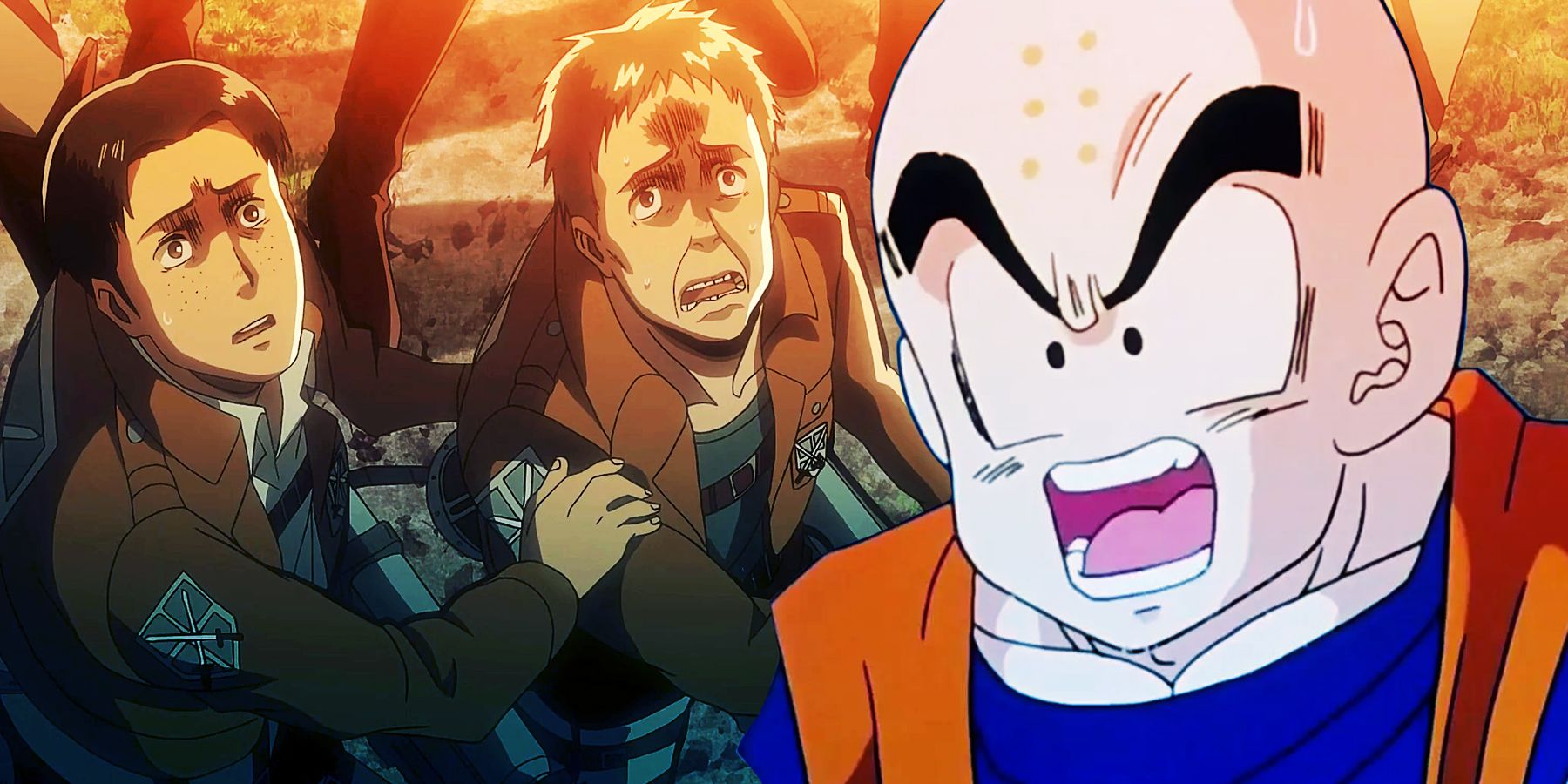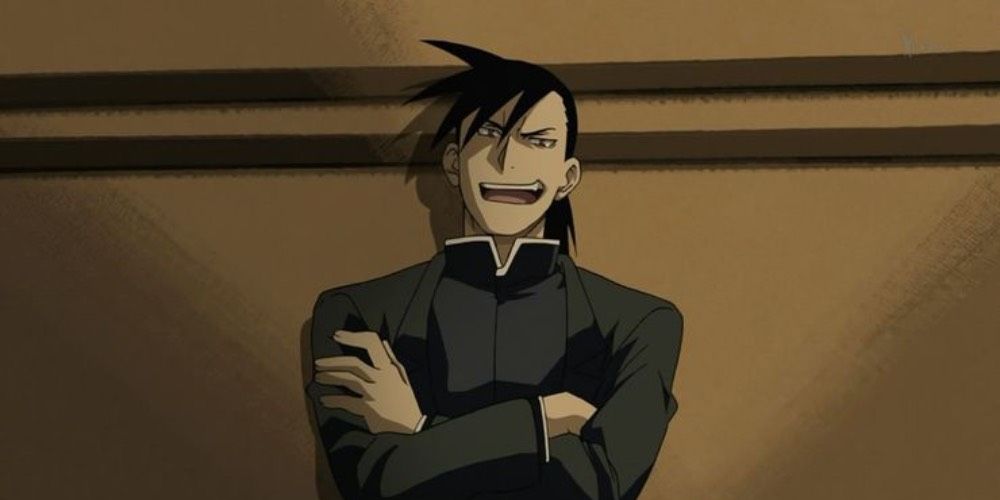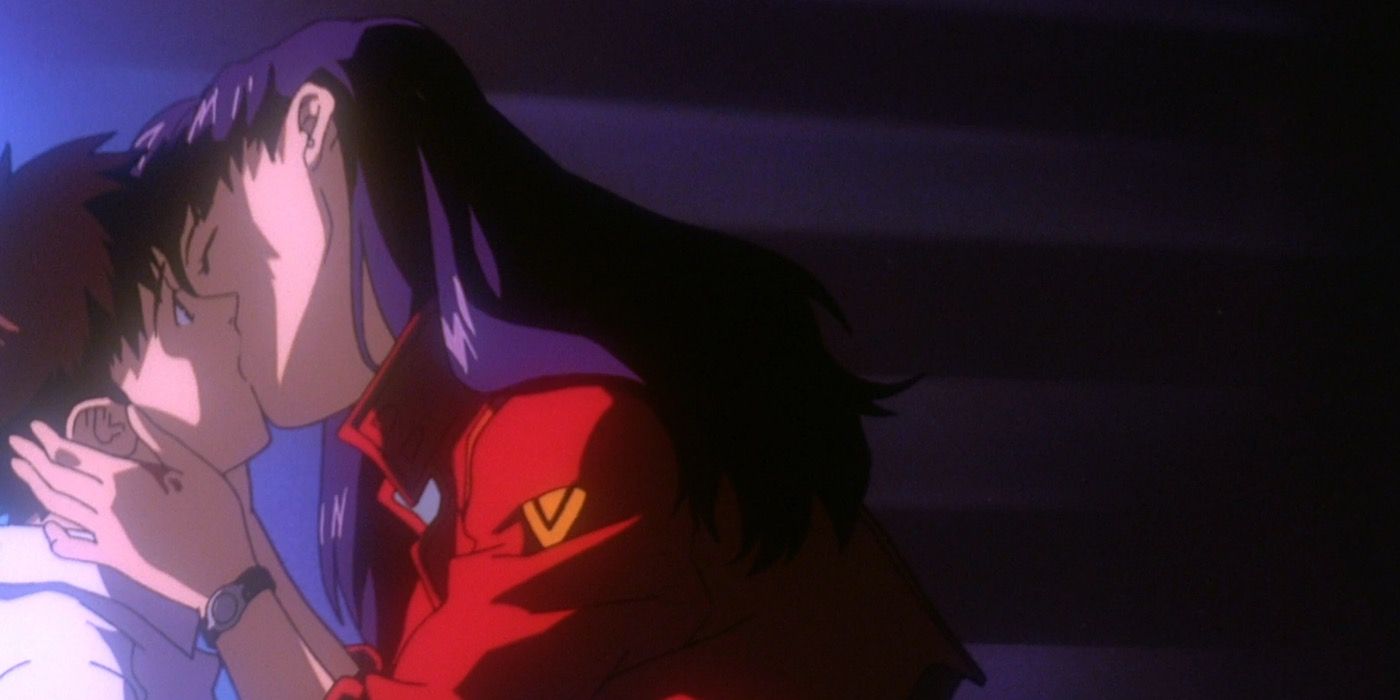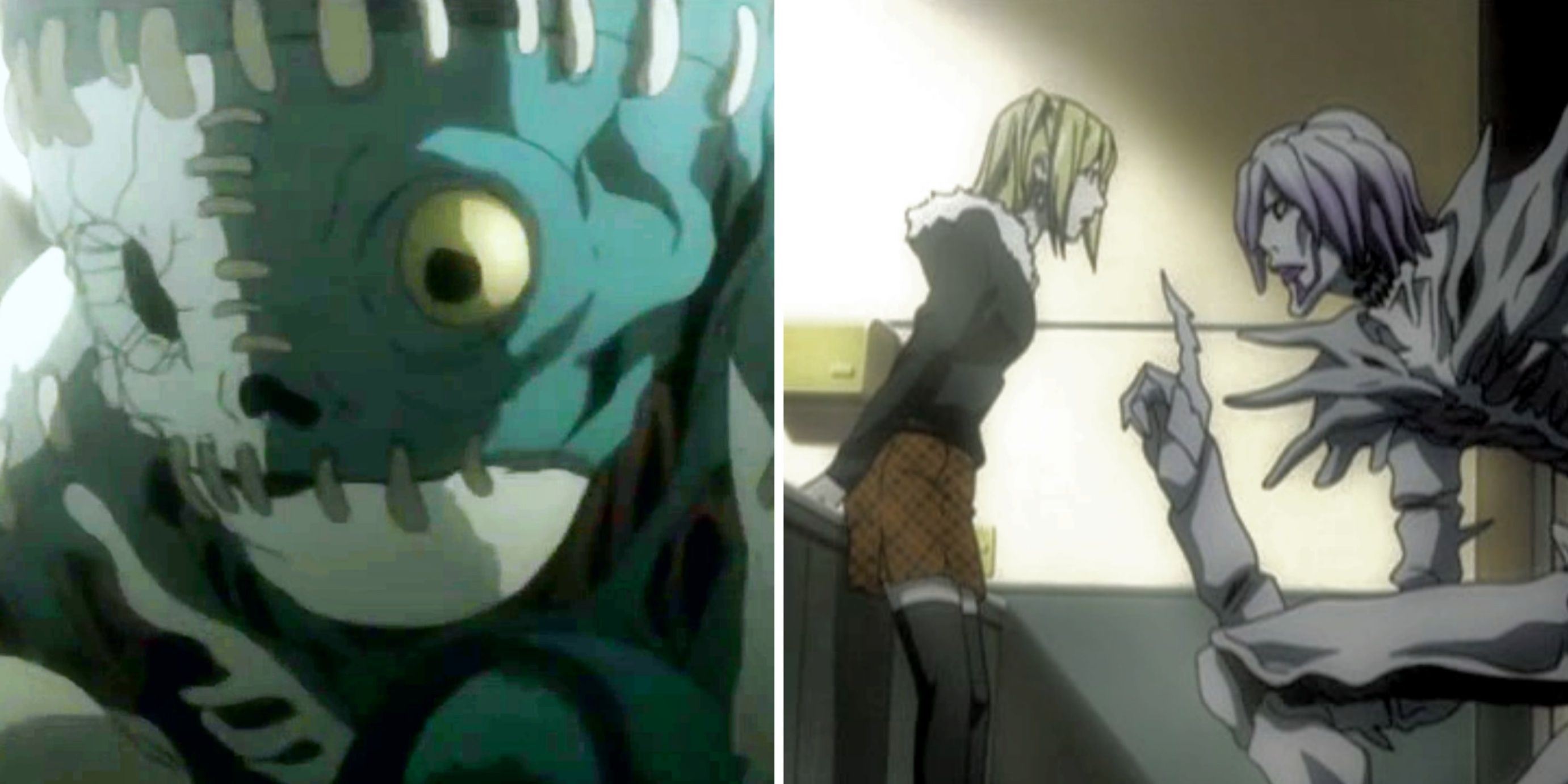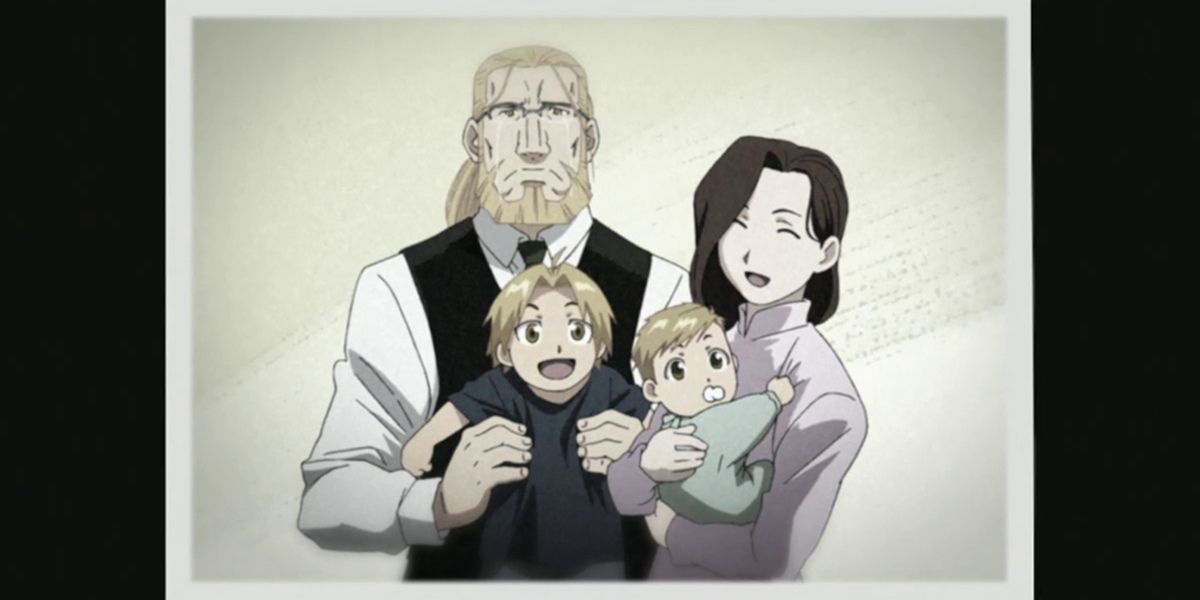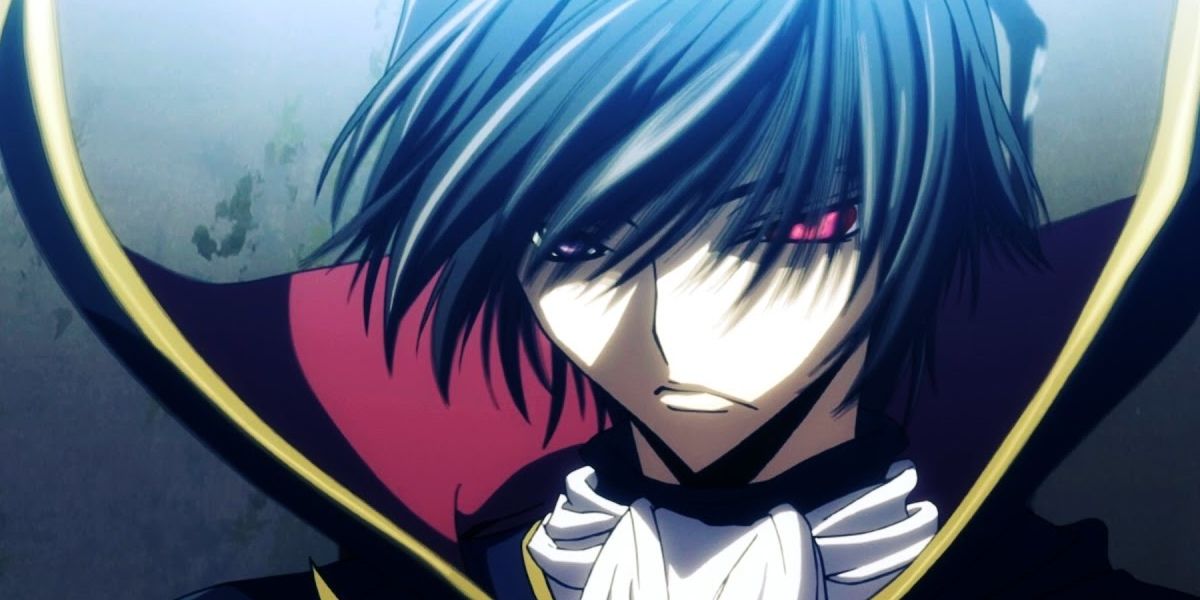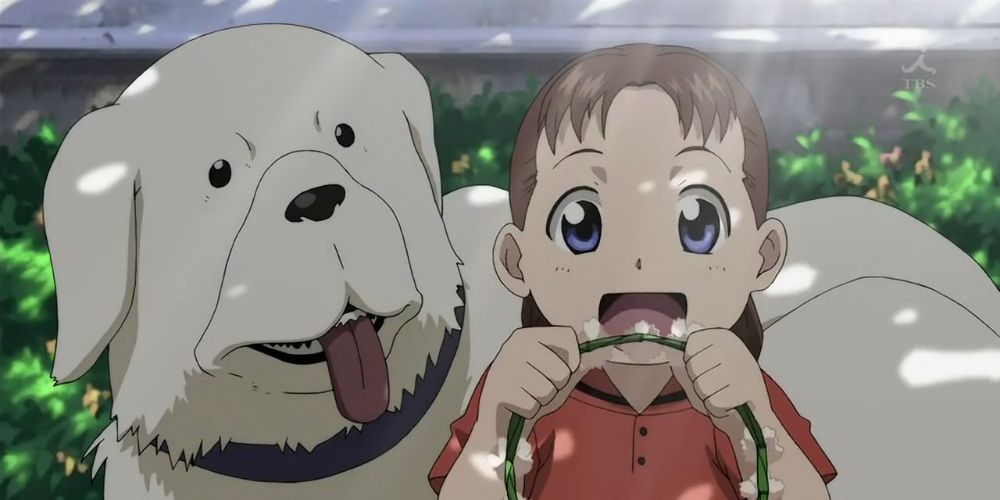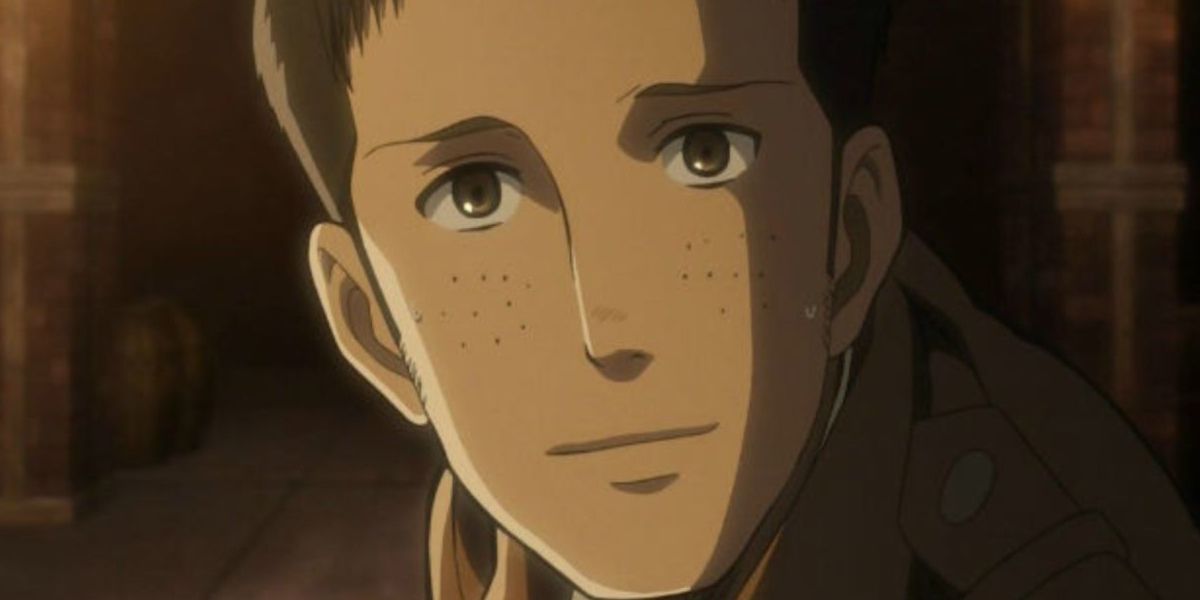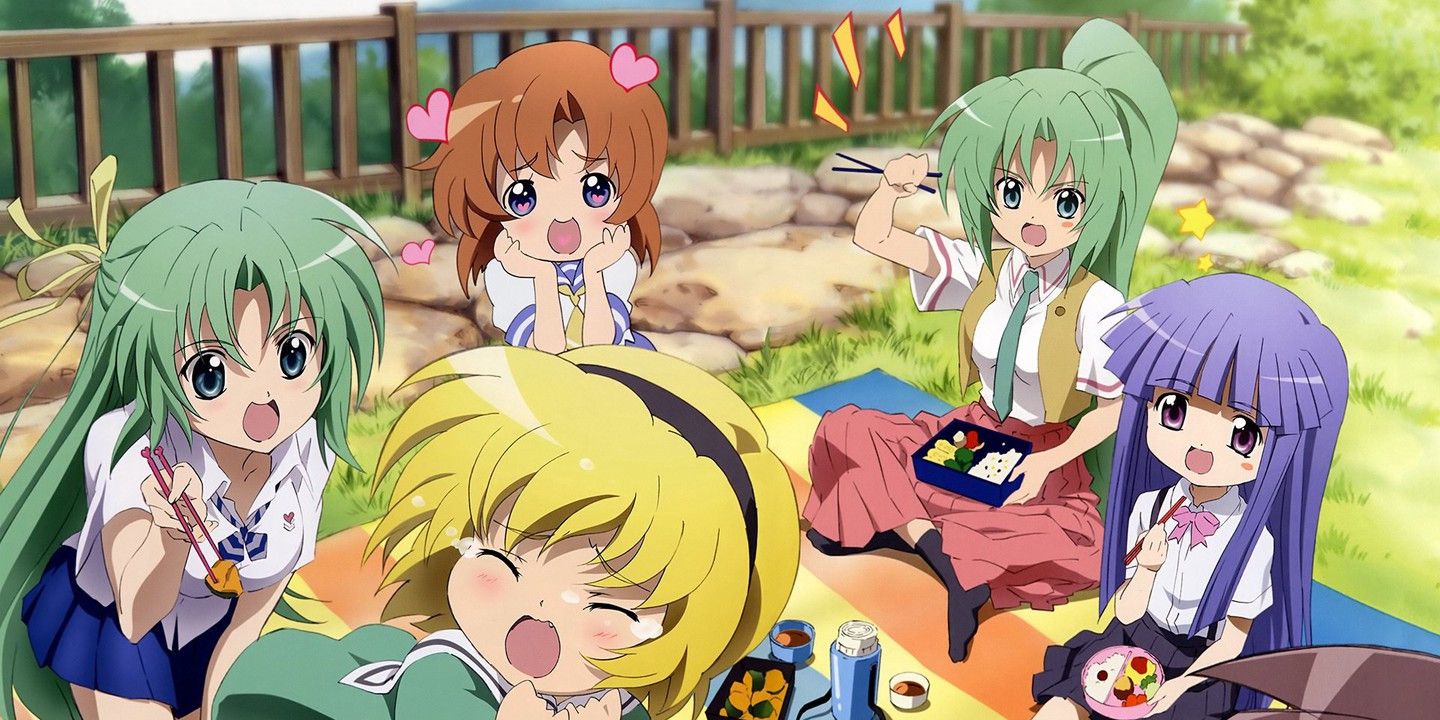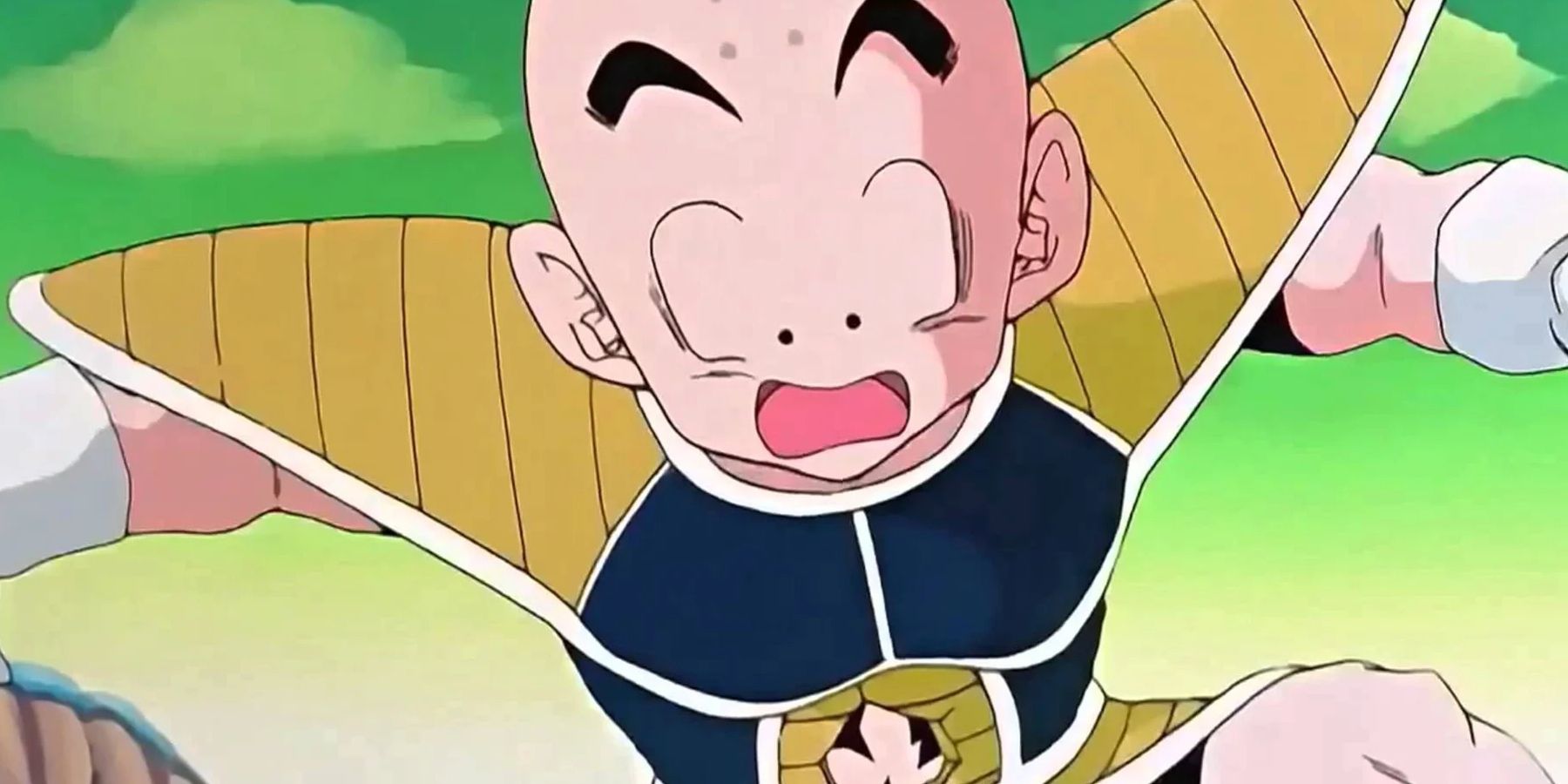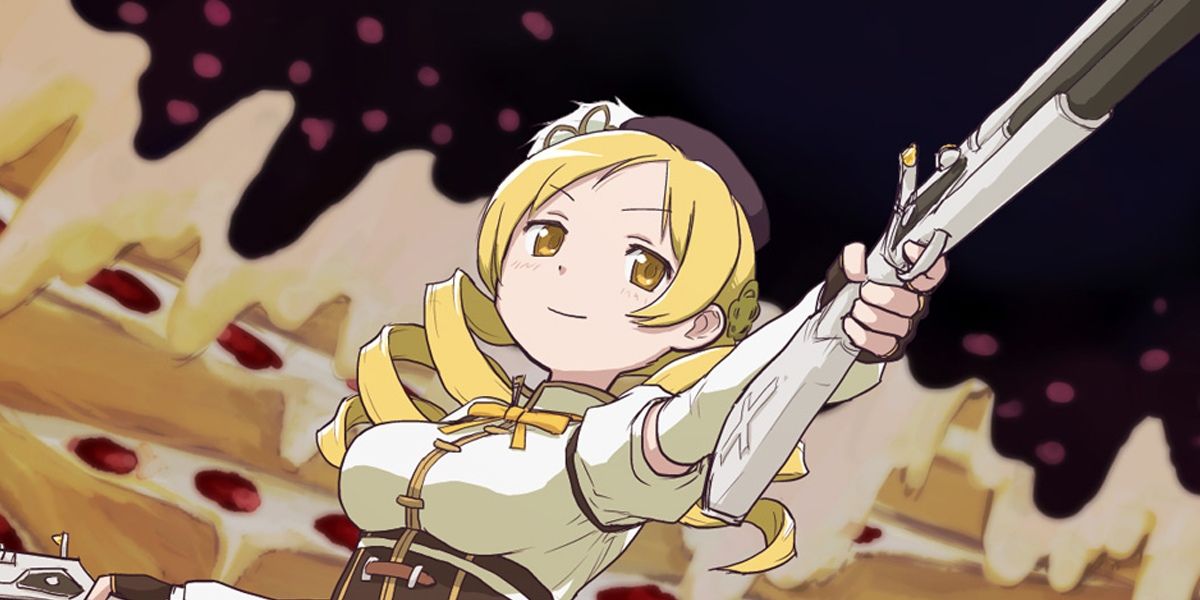Good anime breaks hearts, and that is a fact. Anime fans tend to like darker themes, which indirectly implies tons of death. Anyone who watches a lot of anime learns to identify signs that a character is going to die, sooner or later. Some shows like to prepare their viewers in a certain way that makes it easy to recognize and, therefore, prepare oneself emotionally.
This is actually true for all forms of media, whether it's literature, TV shows, or movies. It is not exactly foreshadowing, but anime character deaths typically follow certain patterns or are associated with specific narrative changes. That said, these might not be immediately obvious, especially for those new to the anime medium and its idiosyncratic delivery style.
Updated by Ajay Arivand on January 17, 2023: Dedicated anime fans should be able to tell when death is around the corner for certain characters. These signs can be as subtle as a cracked mug or as obvious as an impeding war, either way anime continues to lay out a trail of breadcrumbs for viewers to find – and they'll find a character's demise at the end.
10 Characters Introduced As Villains Suddenly Become Good
Villainous characters who turn good often die. This is because they have done so much evil that the only way they can be redeemed is through self-sacrifice, usually for the greater good. This definitely does not limit itself to anime. Everyone who partakes in fictional media consumption should know at least one evil character who turns good through self-sacrifice.
A classic example would be Arnold Schwarzenegger's T-800 in the Terminator franchise — the original villain who becomes the saving grace of the second installment. Greed in Full Metal Alchemist: Brotherhood martyrs himself, allowing Edward to defeat Father. That said, not every evil-turned-good character meets this unfortunate fate.
9 Characters Start Talking About How Much They Love Their Friends
Some anime characters suddenly start reflecting on their past and all the good times they had. They start telling their friends how much they care about them. This is an extremely obvious method of trying to invoke more heartbreak in viewers when their favorite character dies.
Emotional catharsis doesn't work the same way in the real world as it does in anime — in other words, this is far from normal behavior. On the contrary, it's a sign that the writers are preparing audiences for a character's demise. An extreme case of this trope would be Neon Genesis Evangelion's Misato Katsuragi, who actually kisses Shinji before her death.
8 Blind Loyalty Is An Obvious Tell
Loyalty is a dangerous feature in anime. It is not the best character trait to possess when it comes to self-preservation. There are characters who are so loyal to others that they will give up their lives without a second thought. For instance, the shinigami Gelus happily sacrifices his entire existence to save Misa Amane in Death Note.
To make matters more tragic, sometimes they are benevolent characters with a misplaced sense of fidelity. If they are lucky, though, they can be loyal to a good person who will fight to make sure they don't die on their behalf. Experienced anime fans know that is not always the case, however.
7 Family Photos Are Prominently Displayed
Family photos littered around a character are often a bad sign. This is similar to when characters suddenly talk about how much they love their friends, except this one is way more subtle. Either they are about to die or at least one member of the family in that photo is dead or going to die. Trisha Elric perishes of an unknown illness when her children are barely capable of taking care of themselves.
Similarly, Maes Hughes' family photo strongly suggests that he will not survive Lust's assassination attempt in FMA: Brotherhood. Pictures show the audience that the character has an emotional connection with others, and thus it will be much more painful to the audience when that person dies.
6 Their Character Arcs Reach A Point Of No Return
Of all the signs, this one is the most stressful to watch. A "point of no return" can be physical, mental, or even emotional. It could mean that a character has turned themselves into a monster and can never fix what they have wrought.
A point of no return indicates that they have done something that has changed them forever and they're simply incapable of reverting the damage. Lelouch from Code Geass is the best example of this trope. He could not live with the many sacrifices he made, so he had Suzaku kill him at the end.
5 Innocence Can Be A Death Sentence
If fans come across a sweet character while watching a mature anime, then it's more than likely that they're going to be killed just to make the plot darker. Further, killing off innocent individuals is like nipping flowers in the bud, demonstrating that the world isn't as wonderful as it appears at first glance.
Writers know that cute and lovable characters make ideal targets because fans will feel a lot more saddened by their deaths. Interestingly, this simultaneously allows viewers to empathize with the protagonist.
4 Some Side Characters Are Stepping Stones For Another Character's Development
In the world of storytelling, some characters simply exist as stepping stones for others. Their deaths are catalysts of change in another character. This change could manifest as a vow of revenge, to end an ongoing conflict, or even to follow in the footsteps of the recently deceased individual.
Marco's unfortunate death in Attack Titan forces Jean to reevaluate his decision to join the Military Police Brigade. Strangely enough, it also makes Reiner acknowledge the immorality of his mission, sparking a change that eventually transforms him into a hero.
3 Brutality Is The Ultimate Sign
A horror anime means that at least one character is doomed. In these shows, anyone is fair game. The only question is who is going to die and when. That, however, is actually much more difficult to predict, as horror shows do not often prepare their audiences for the death of a character.
Sometimes it is all about shock value. Examples of such shows include When They Cry and Another. There are also more upsetting anime that takes things slow, but viewers can bet someone is going to die in the end. Although a feature film, Studio Ghibli's Grave of the Fireflies is a major example of this.
2 If Resurrection Is Likely, Then People Will Die
If magic exists and characters can come back from the dead, then viewers might as well see everyone drop like flies. This is because death has no ultimate consequence but still feels like a major event somehow. Dragon Ball Z follows this trope often.
DBZ has so many characters die, and some of them die constantly. Nevertheless, all the survivors have to do is collect the titular Dragon Balls and make a wish for the dead to come back to life. They are able to do that over and over again, to the point where fans don't even feel upset anymore.
1 Quick Character Introductions And Development Means They Won't Last Very Long
Suddenly learning a lot about a character is a warning sign that they could die soon. The writers want to get all the content out for the viewer to get attached just before they kill the character off.
This means that characters suddenly unloading their tragic backstory, their plans for the future, and how they feel about themselves and their current situation are all crystal clear markers that they're not going to survive much longer. Anime character development is supposed to take place over an extended duration — anything that happens much faster is a serious cause for concern.

